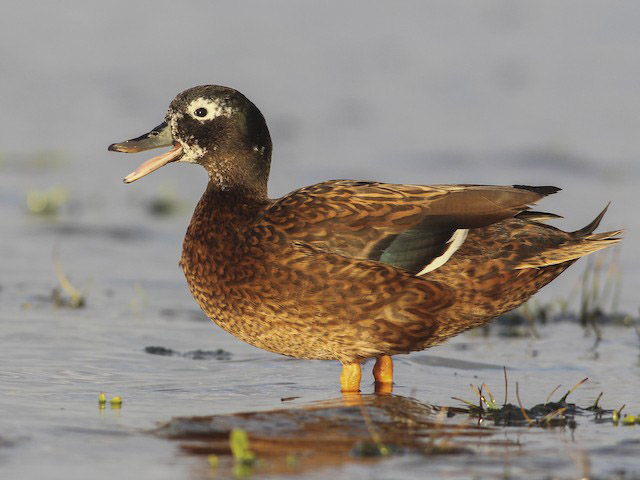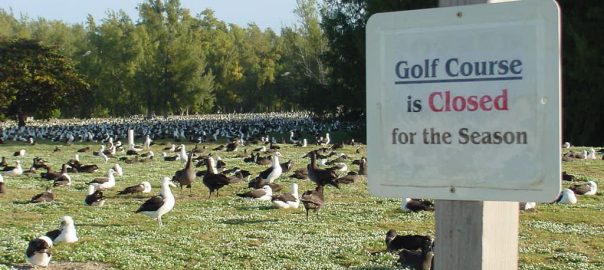The Birds of Midway Island
There are about 19 species of birds that live on Midway. A few other birds make transient stops on the island.
Interesting Facts About The Laysan Albatross (The Gooney Bird)
Distribution: The Laysan Albatross (Phoebastria Immutabilis) is primarily found in the North Pacific, with the majority of the breeding population located in the Northwestern Hawaiian Islands.
Migration: Outside of the breeding season, they can be found widely dispersed across the North Pacific, reaching up to the Bering Sea and even the western coasts of North America.
Appearance: This albatross species is easily recognizable with its white body, dark upper wings, and a dark patch around its eyes that gives it a unique appearance.
Name Origin: The bird gets its name from Laysan Island, one of its primary breeding sites in the Hawaiian Archipelago.
Monogamous: Like many albatrosses, the Laysan forms long-term monogamous pair bonds, often lasting for life.
Courtship Dance: Young Laysan Albatrosses practice intricate courtship dances containing dozens of ritualized movements to attract mates.
Vocal Creatures: At breeding colonies, they’re quite vocal, using a variety of sounds for communication.
Night Activities: Despite being active during the day, many crucial behaviors, including courtship dances, often occur during the night.
Diet: Their diet primarily consists of squid, but they will also consume fish, crustaceans, and other marine life.
Foraging Trips: When feeding their chicks, Laysan Albatross parents may take foraging trips that last several days and cover large distances over the ocean.
Long-lived: Laysan Albatrosses are known for their long lifespans. Some individuals, like Wisdom (a Laysan Albatross from Midway Atoll), are known to live for over 60+ years.
Predation: Introduced species like rats and mice, especially on breeding islands, can be a significant threat to eggs and chicks.
Vocalizations: While they’re mostly silent at sea, Laysan Albatrosses have a range of vocalizations they use at their breeding colonies, from moans and whistles to more complex sequences.
Plastic Threat: Many chicks suffer from ingesting plastic. Adult albatrosses mistake floating plastic for food and feed it to their young, leading to malnutrition and often death.
Flight Mastery: The Laysan Albatross is an expert glider, using wind currents to soar over the ocean’s surface, often traveling vast distances with minimal effort.
Nesting Habits: Laysan Albatrosses typically nest on sandy or vegetated areas on islands. Their nests are simple scrapes in the ground where they lay one egg.
Cultural Relevance: Native Hawaiians regard the Laysan Albatross, known as “mōlī”, as a navigator that can guide souls to the next world.
Population: The Laysan Albatross population is currently stable – in the millions.
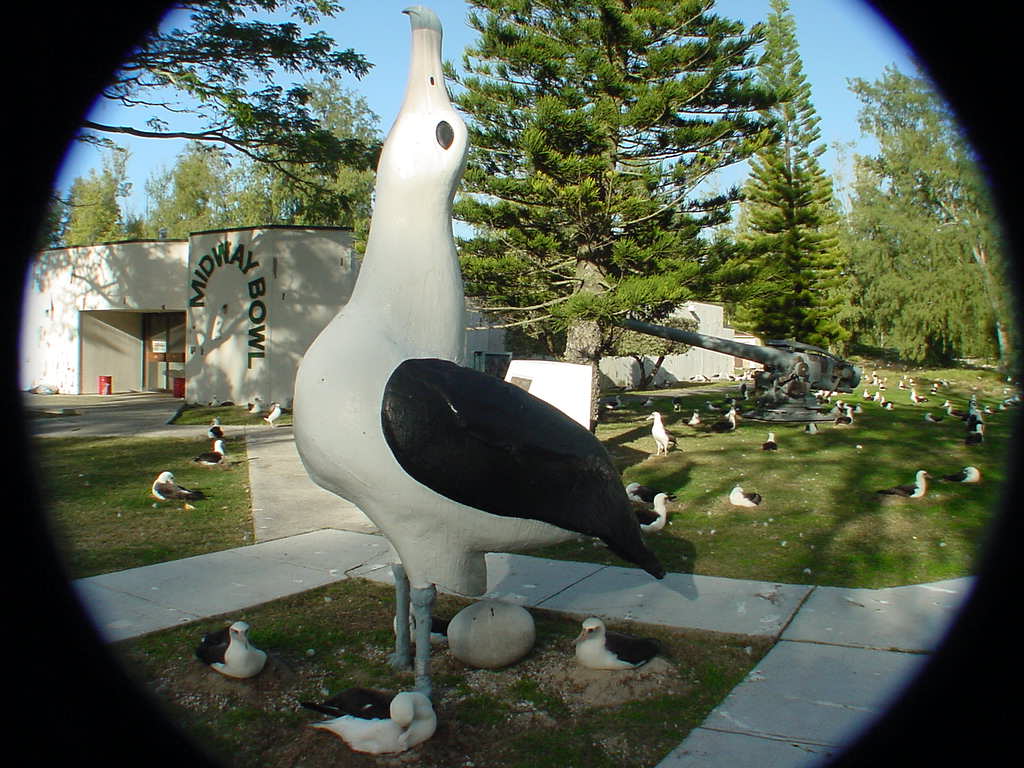
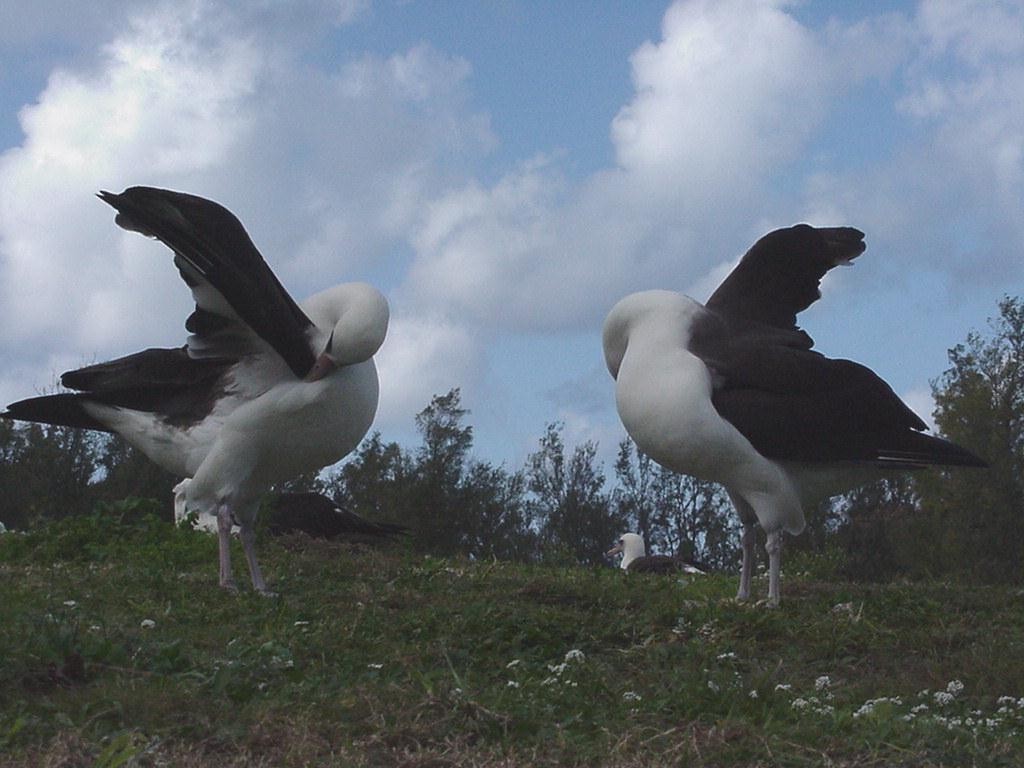
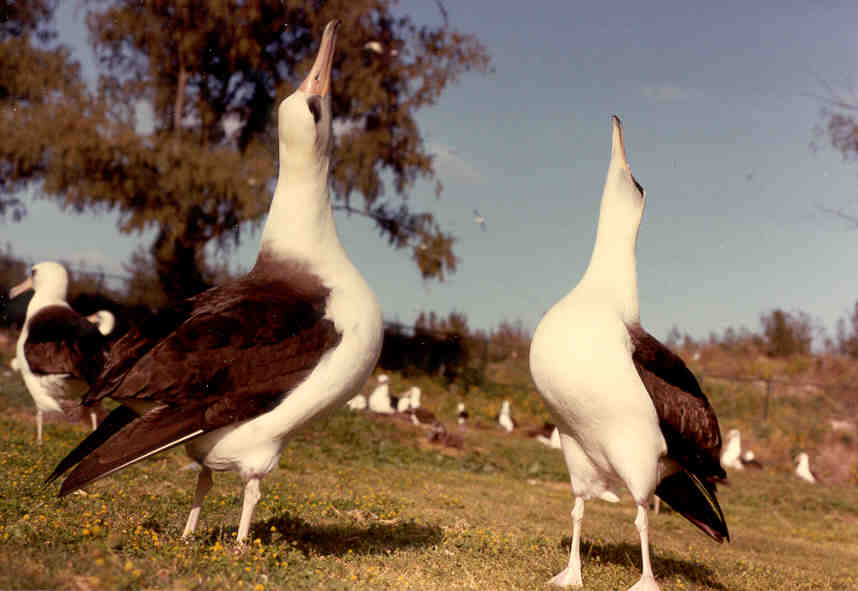
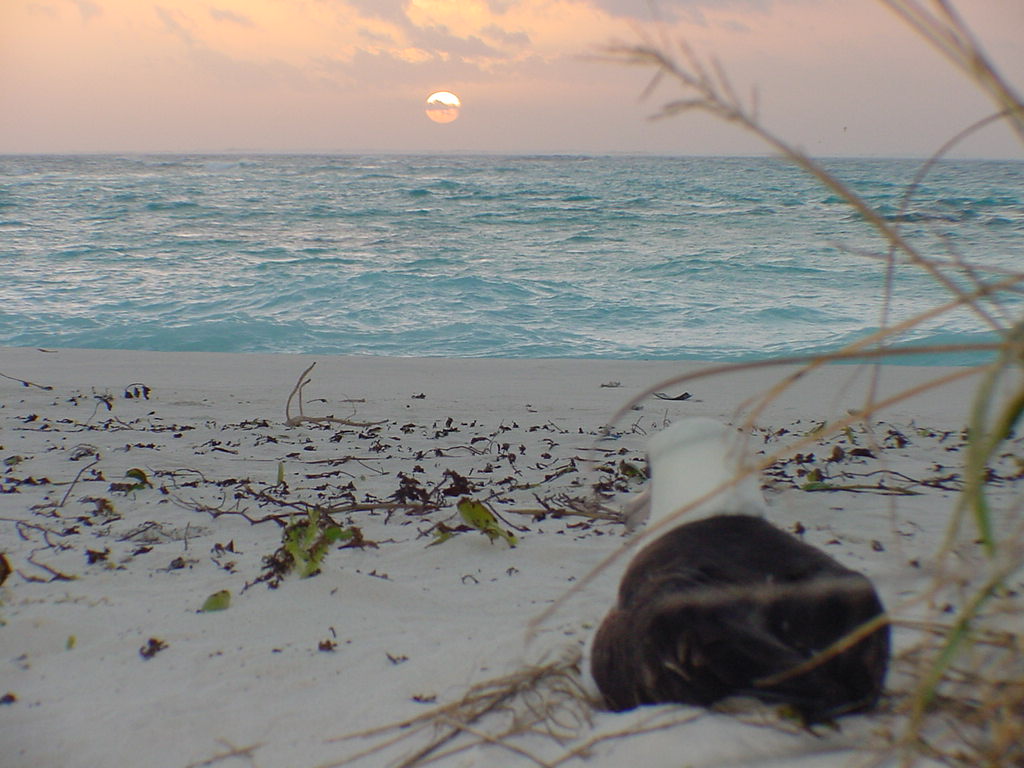
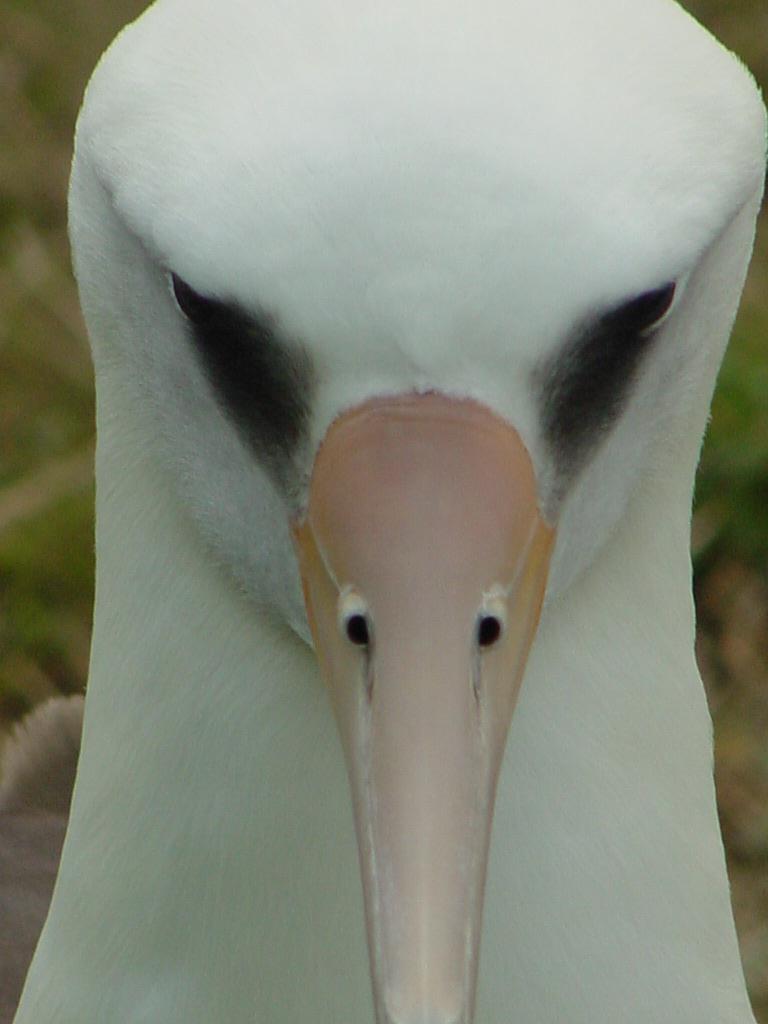
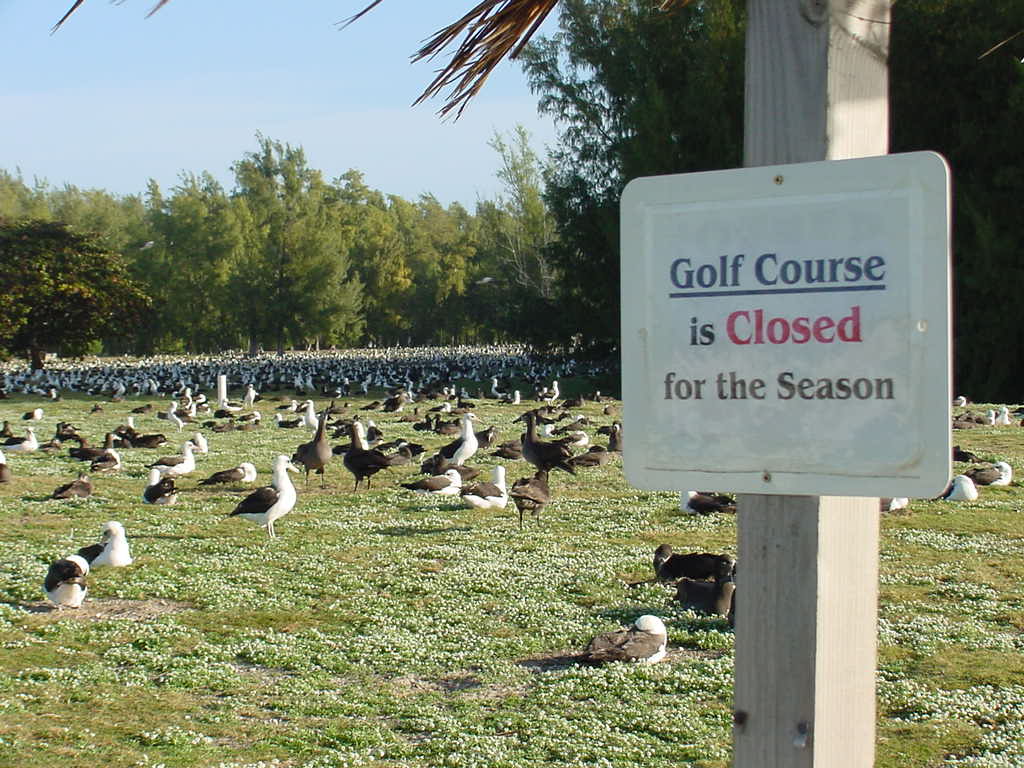
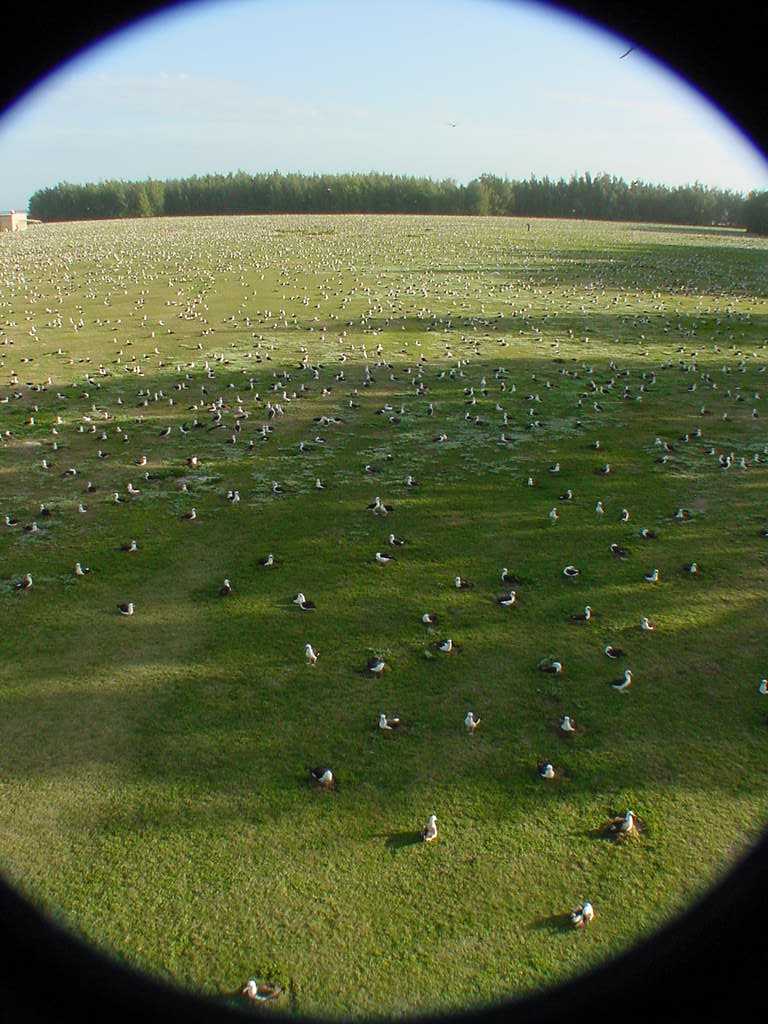

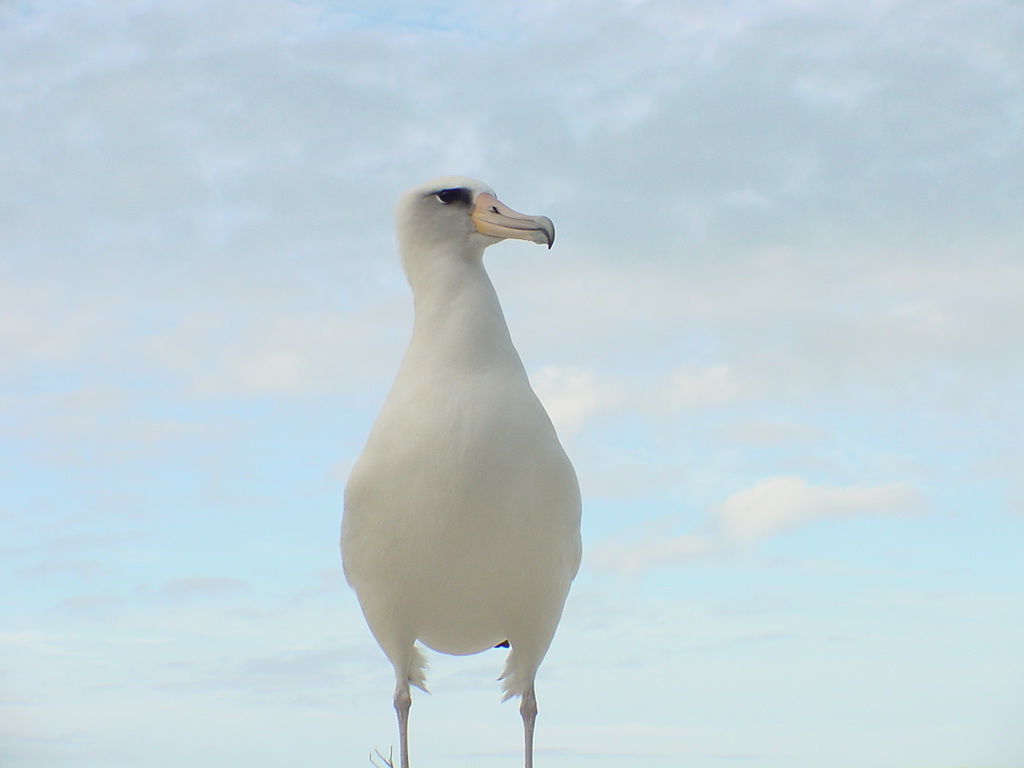
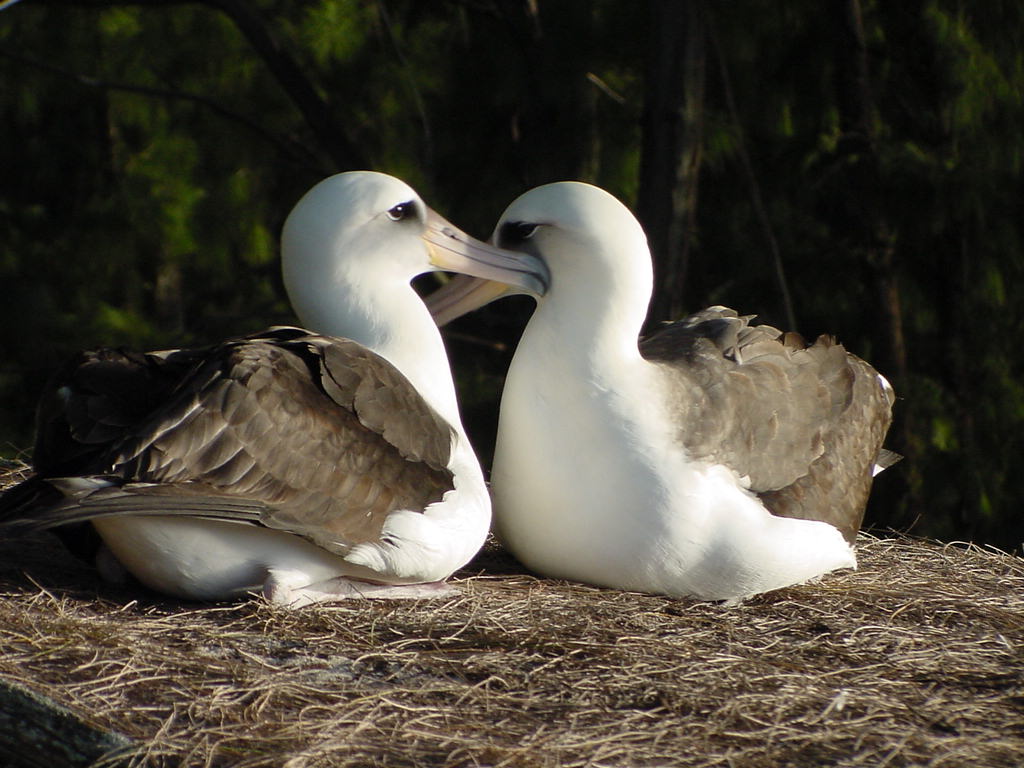
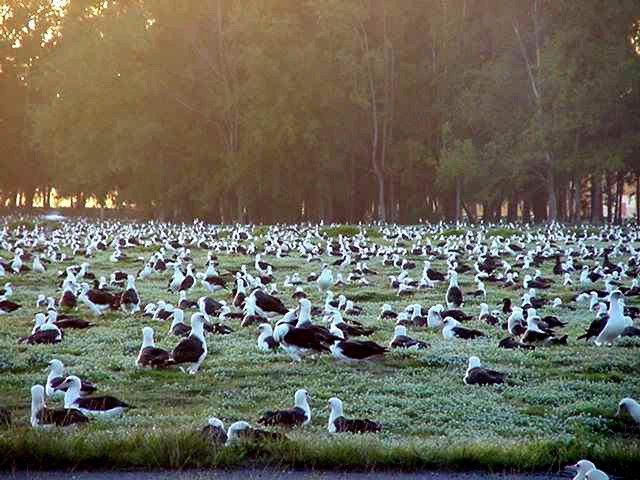
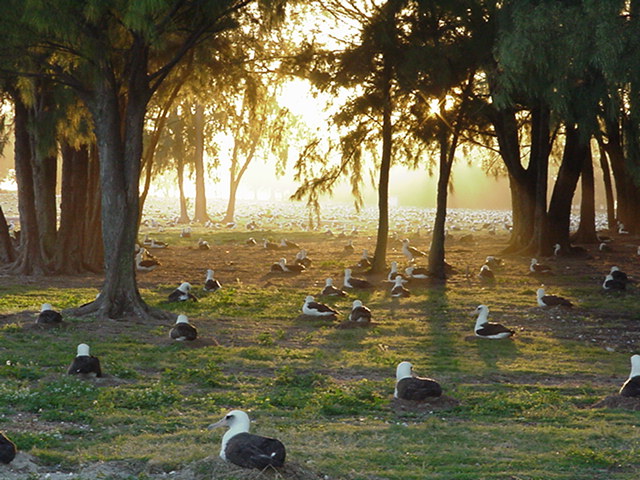
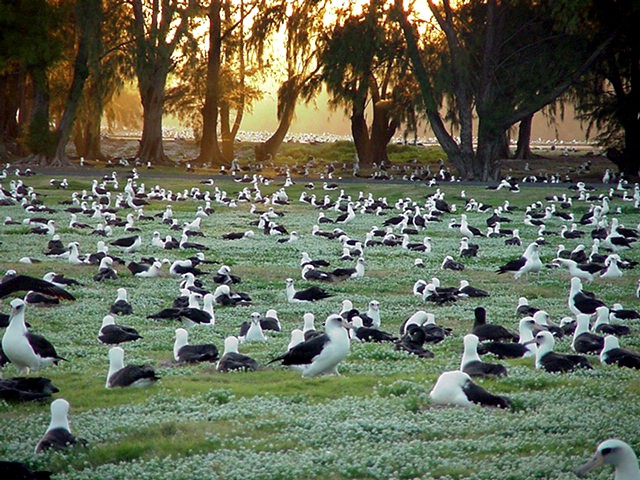
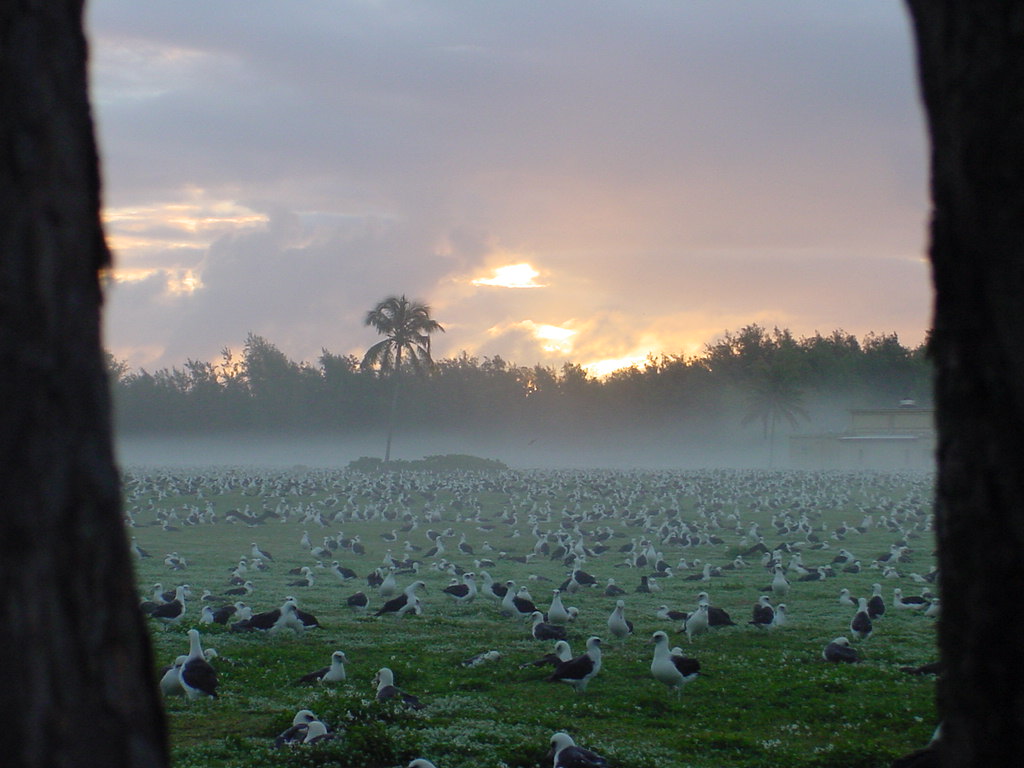
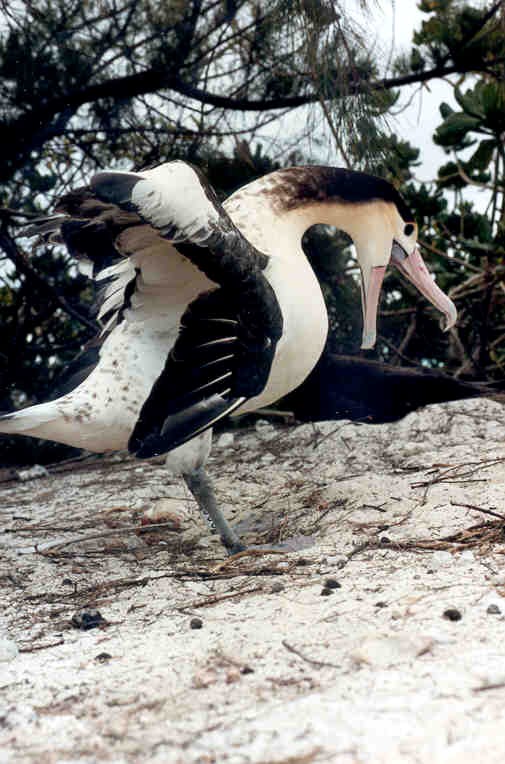
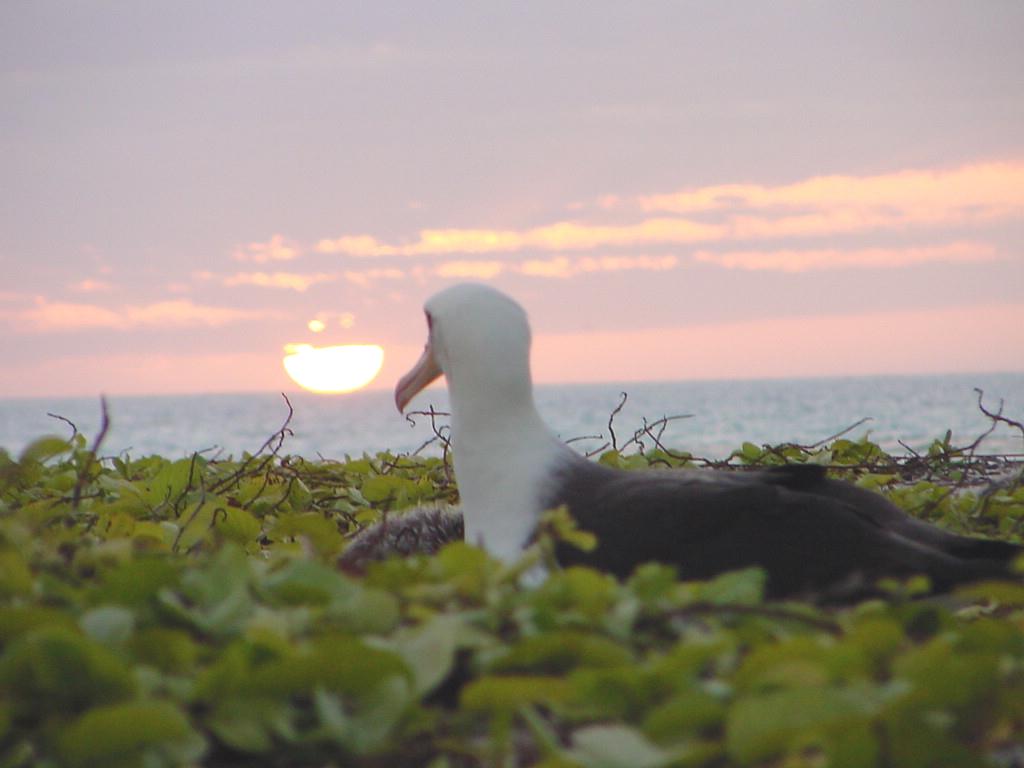
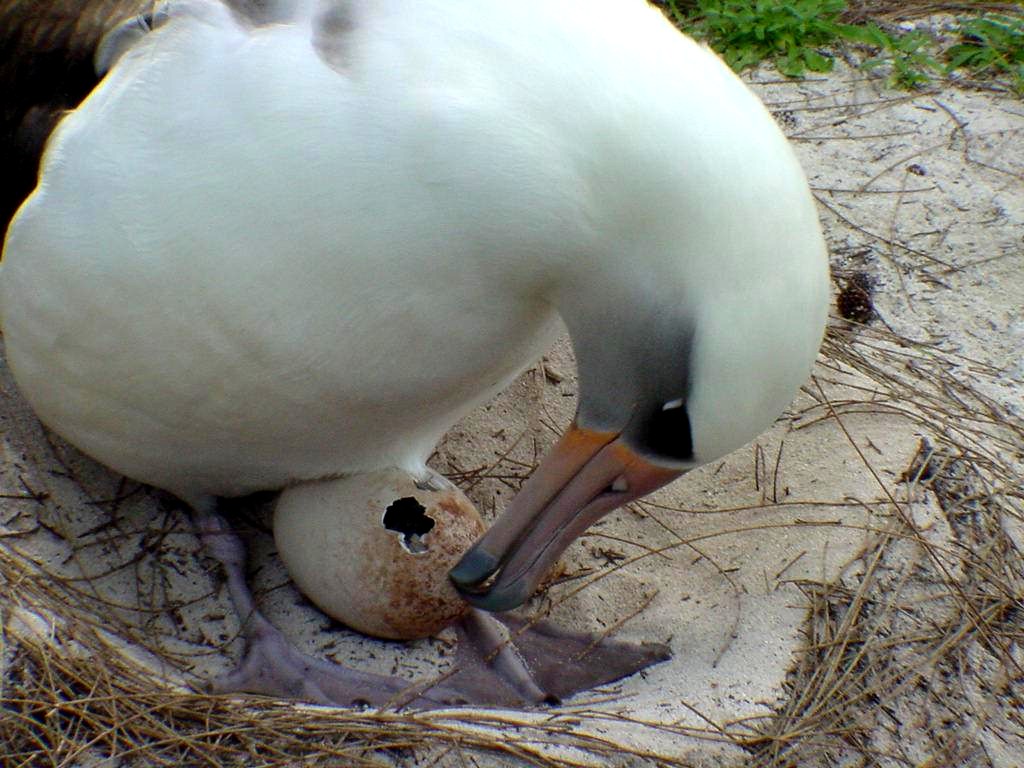
with Egg
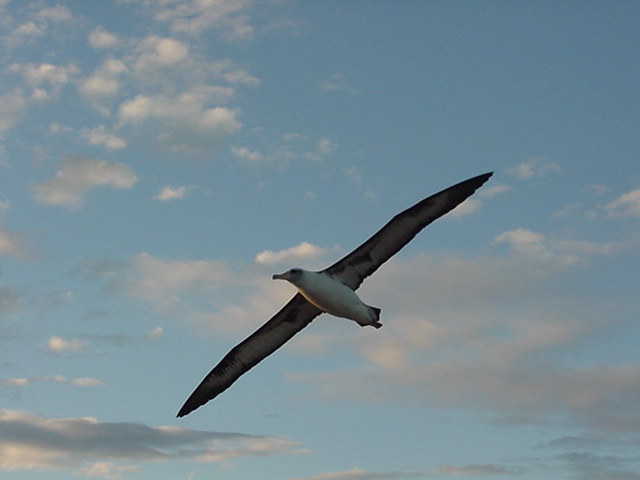
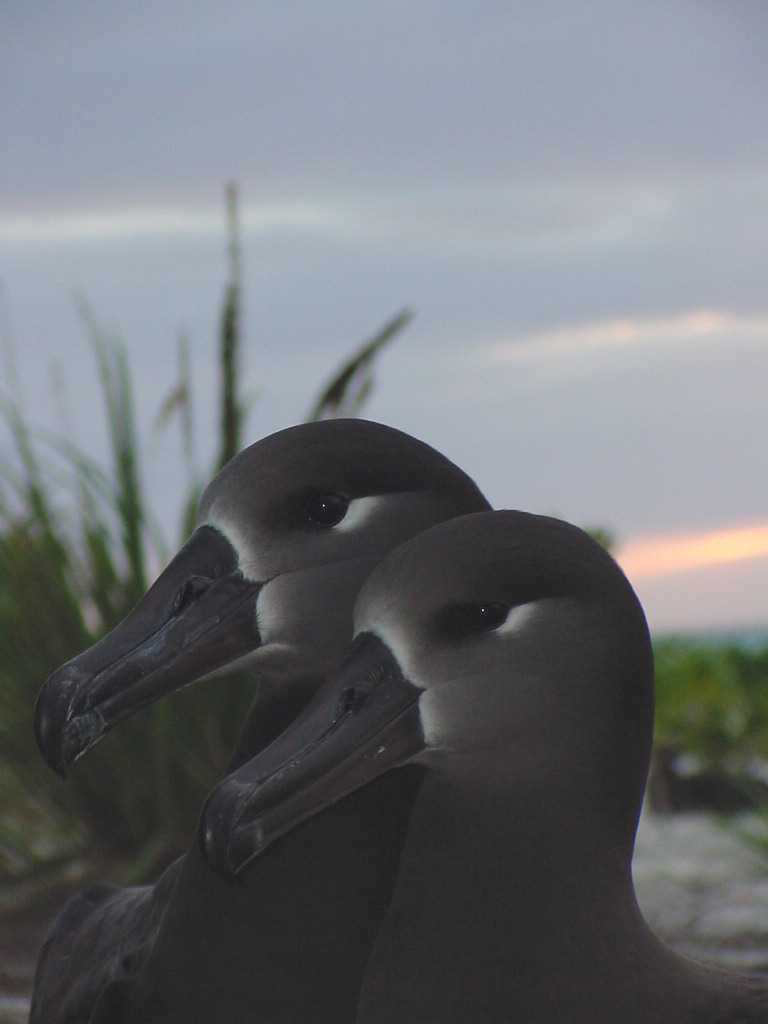
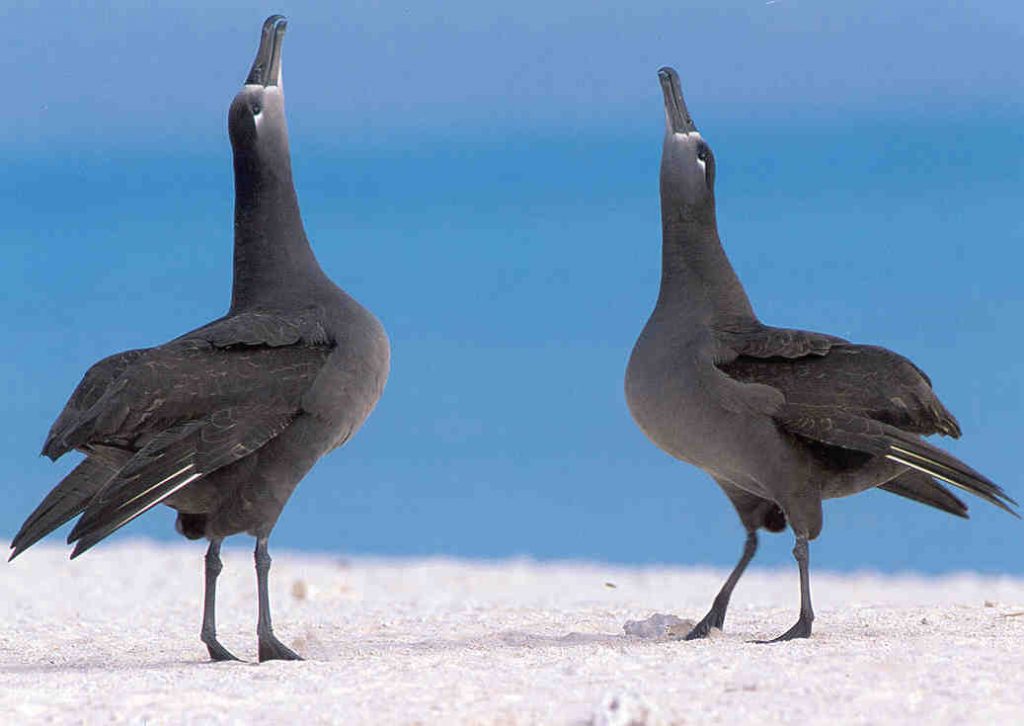
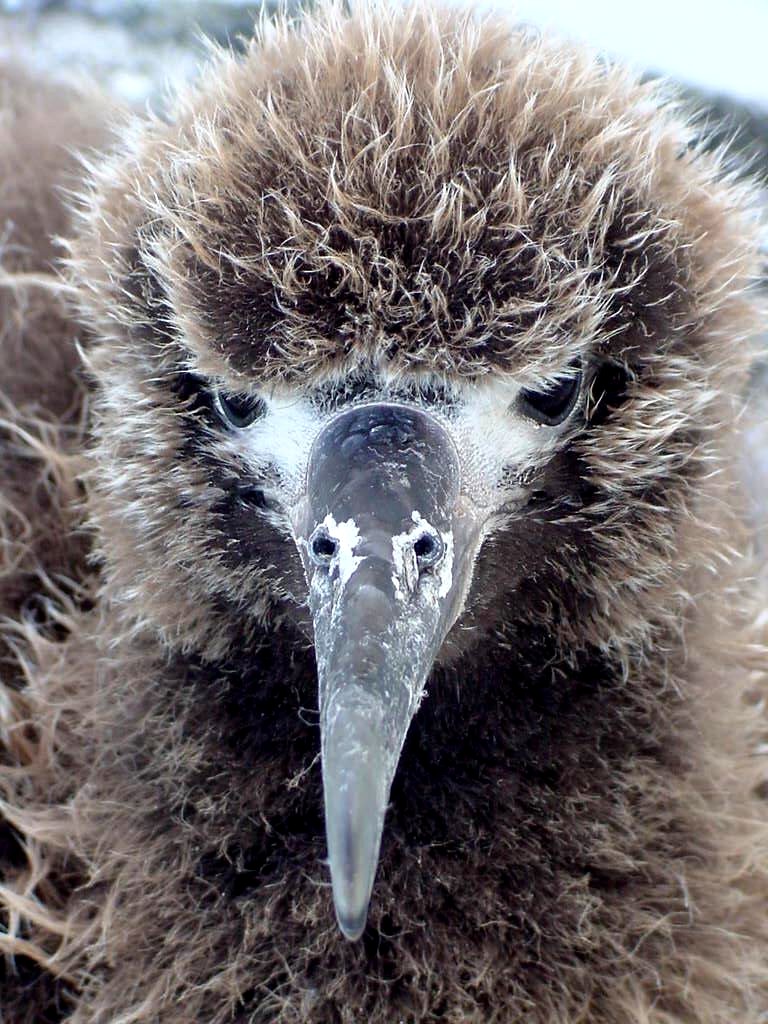
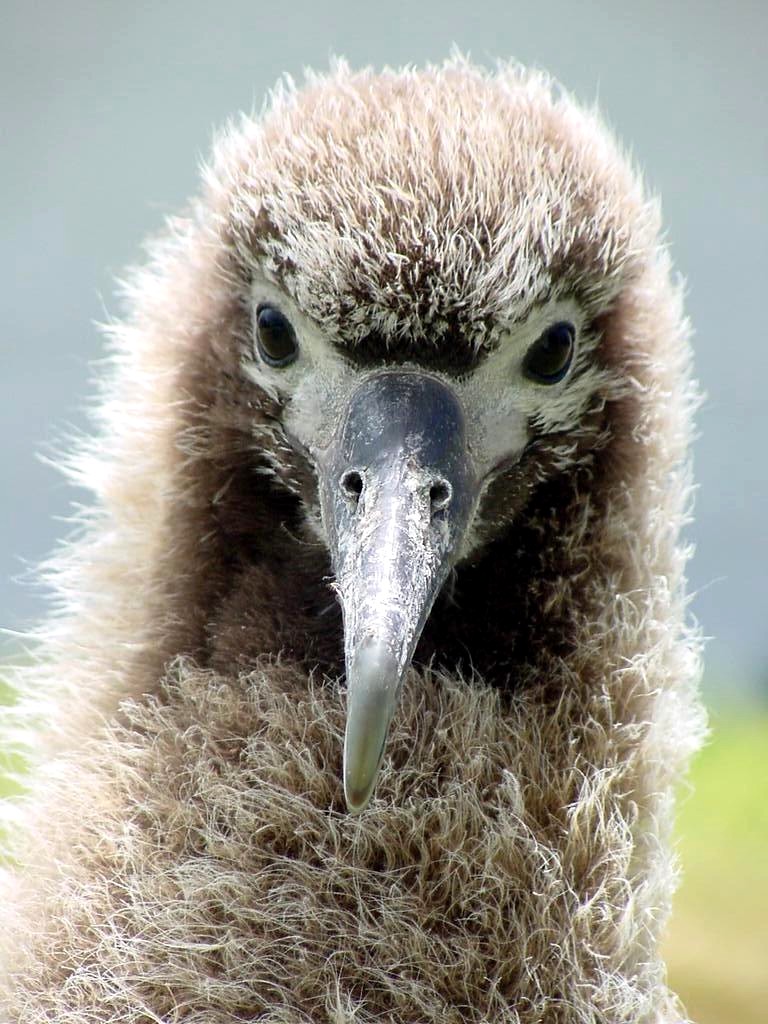
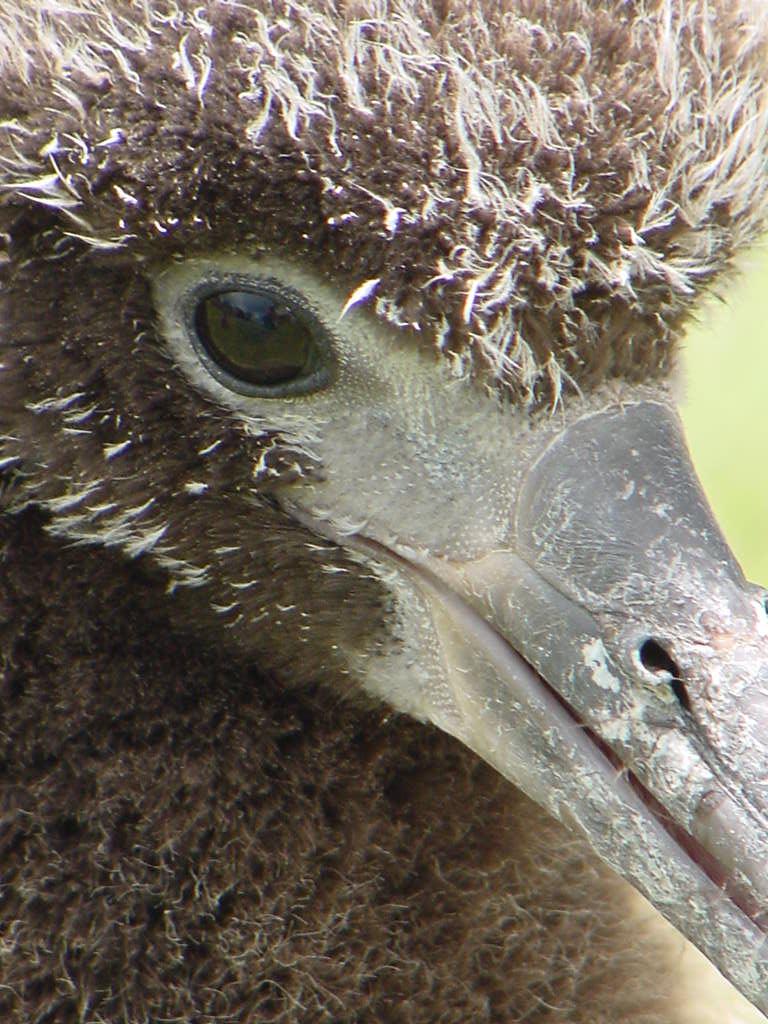
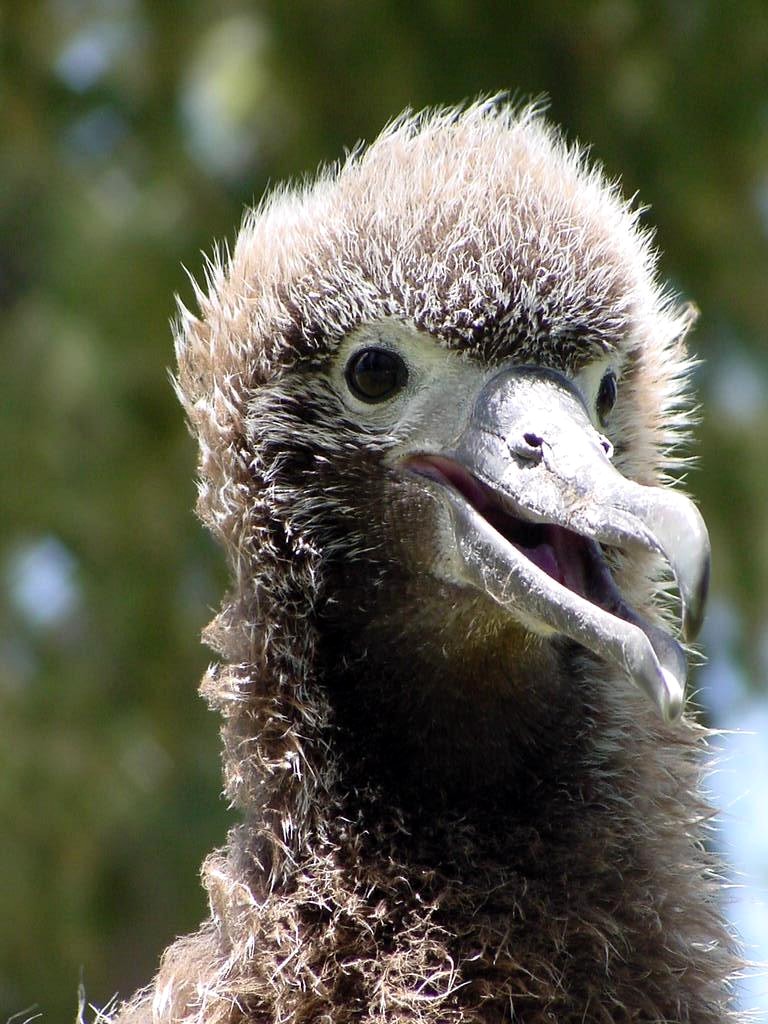
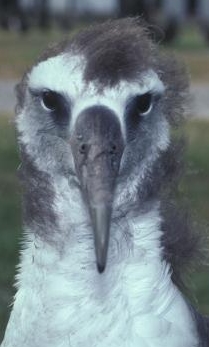
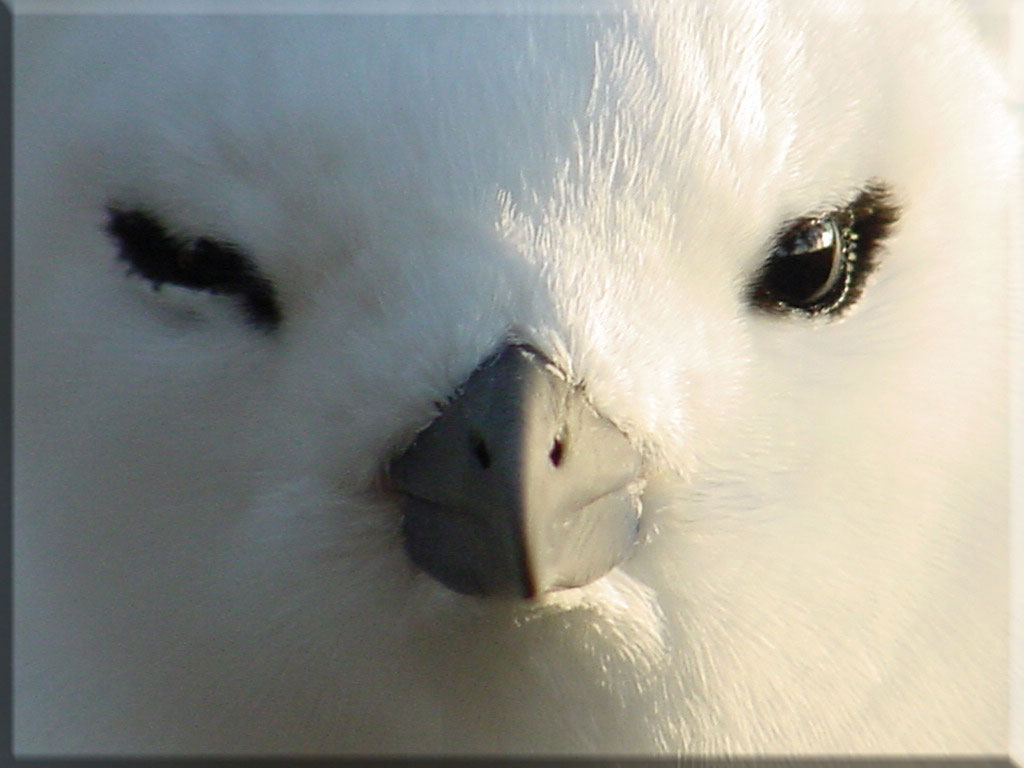
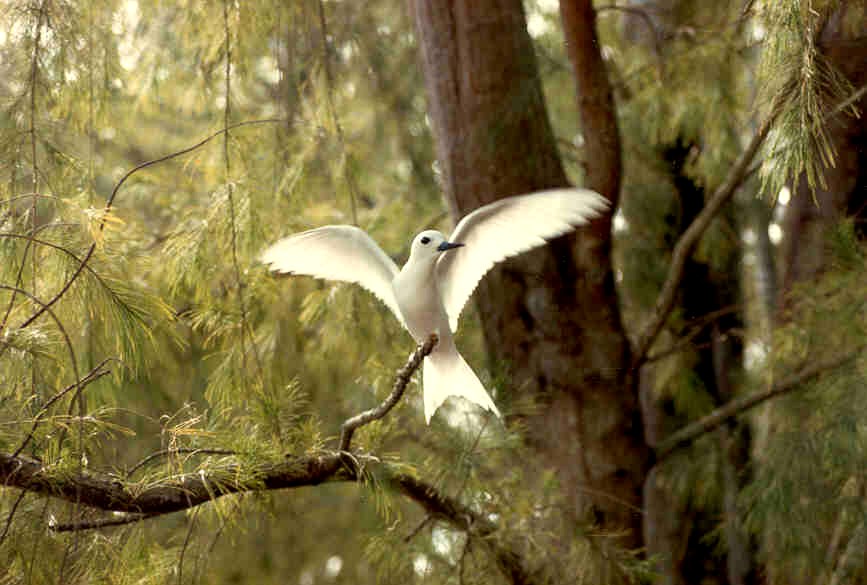
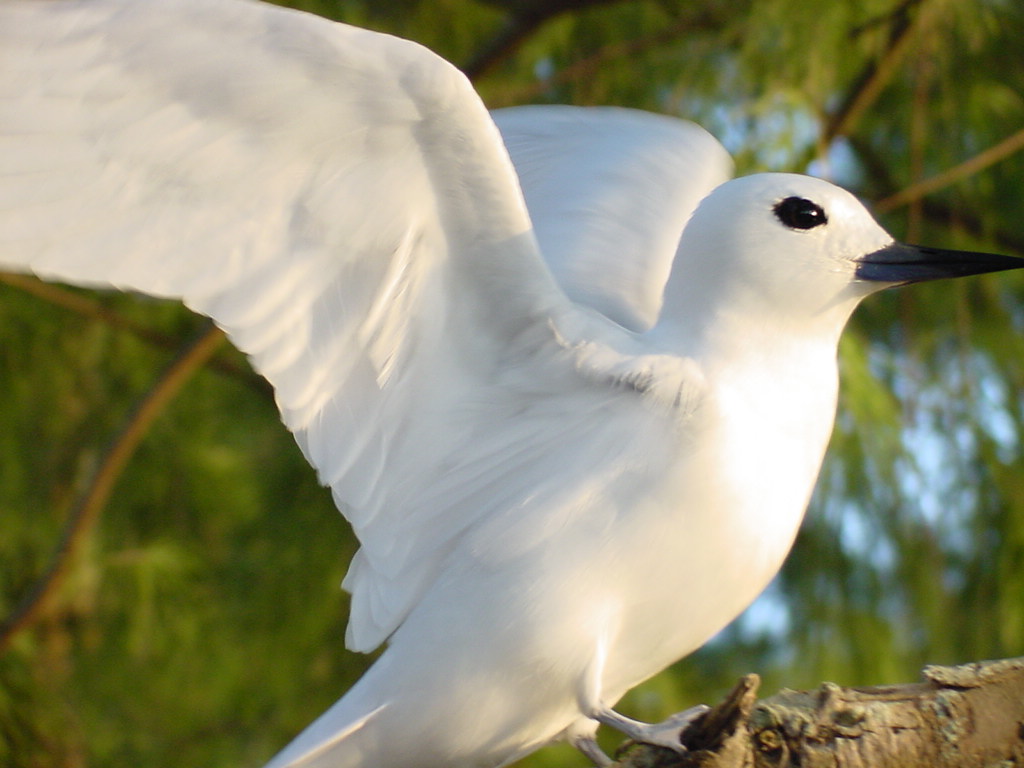
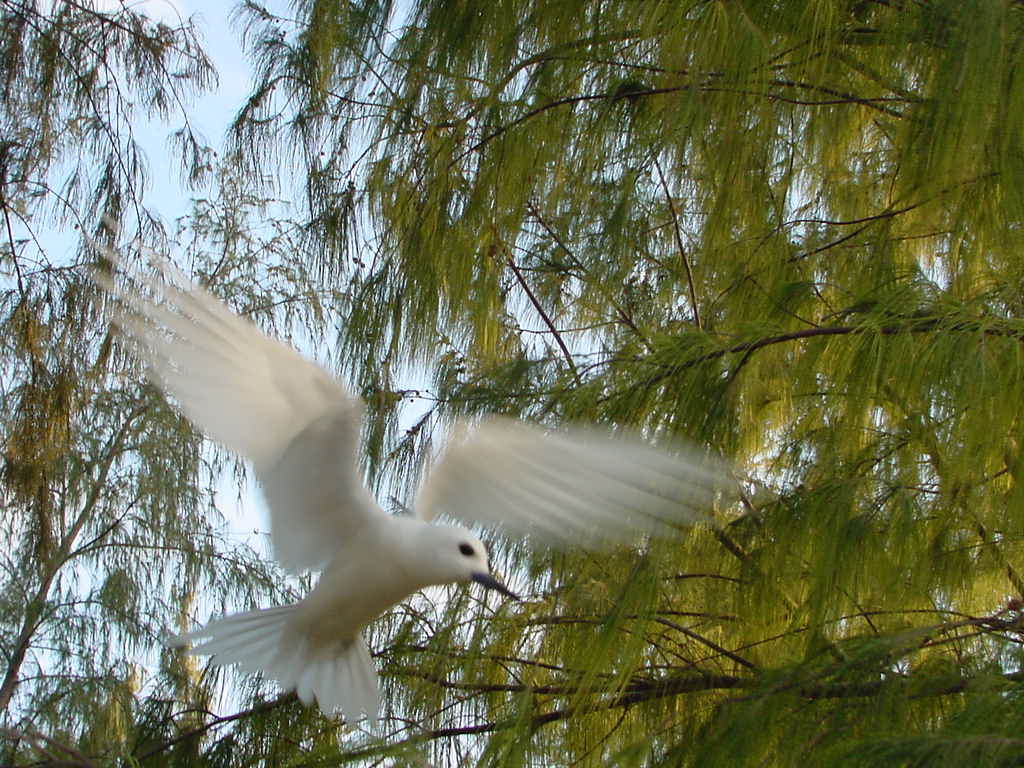
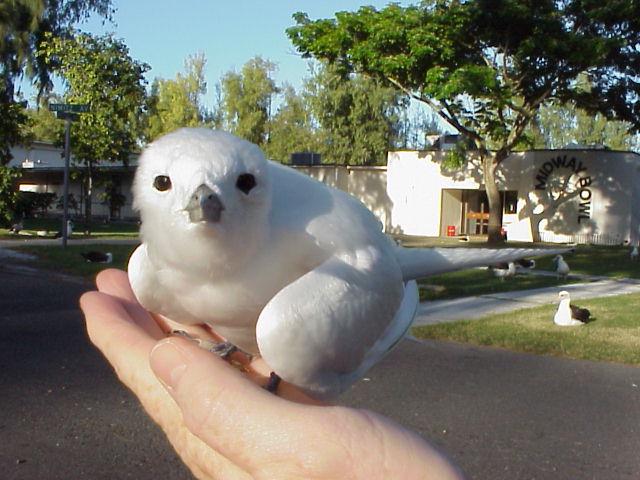
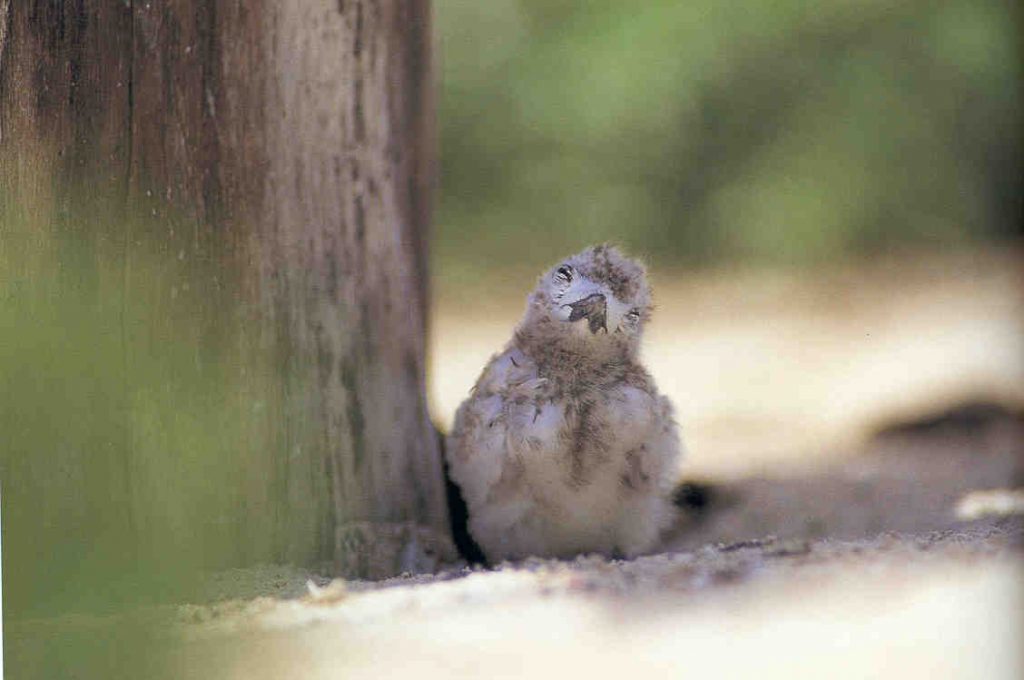
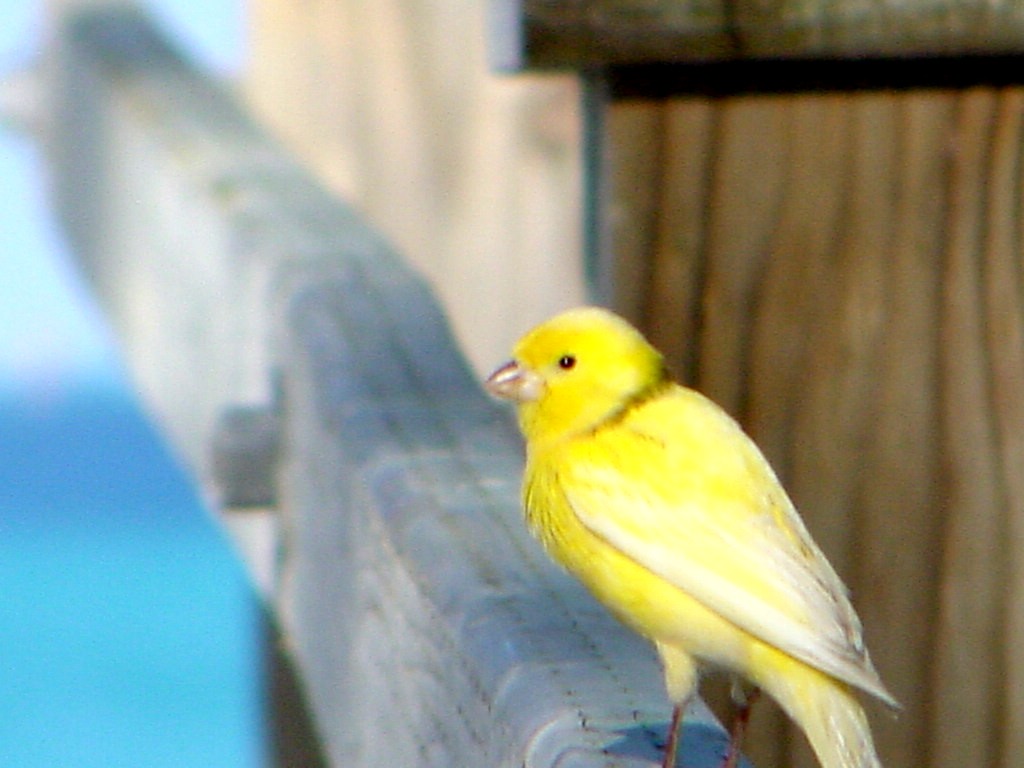
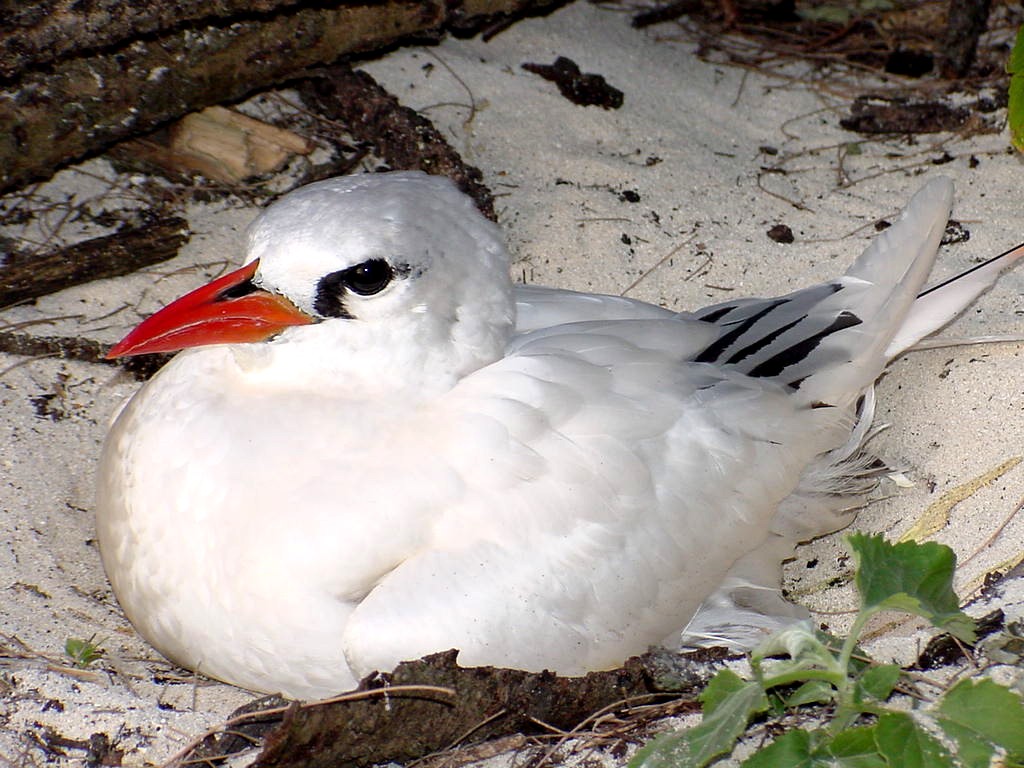
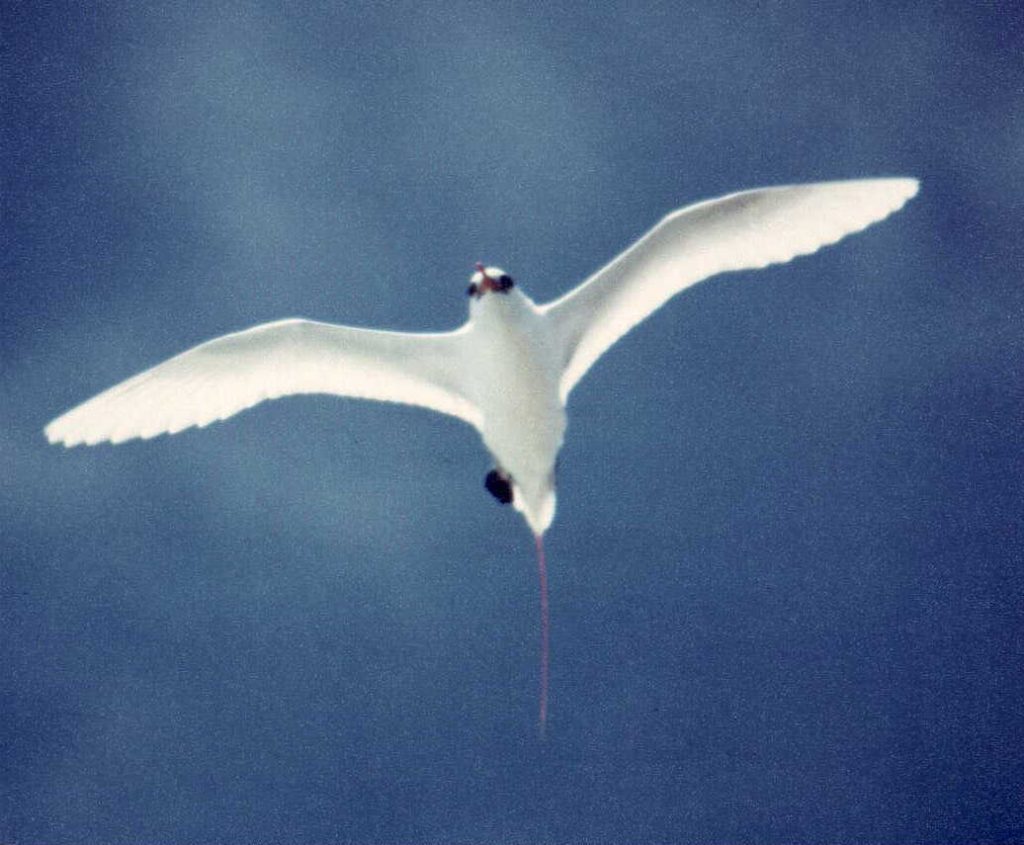
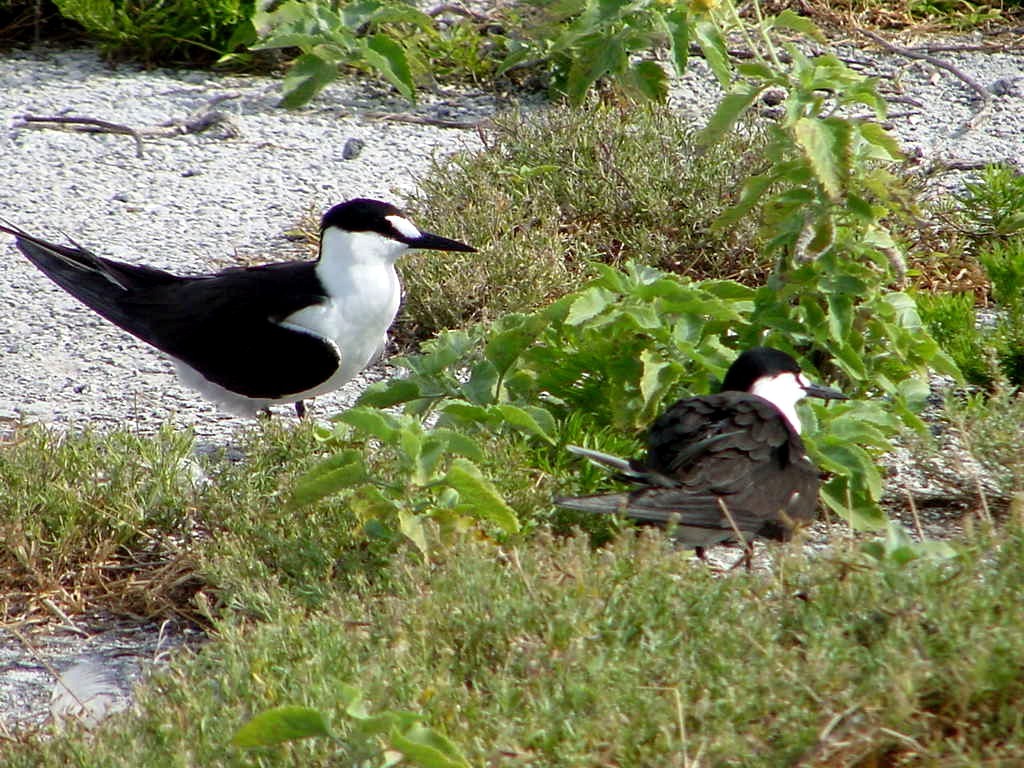
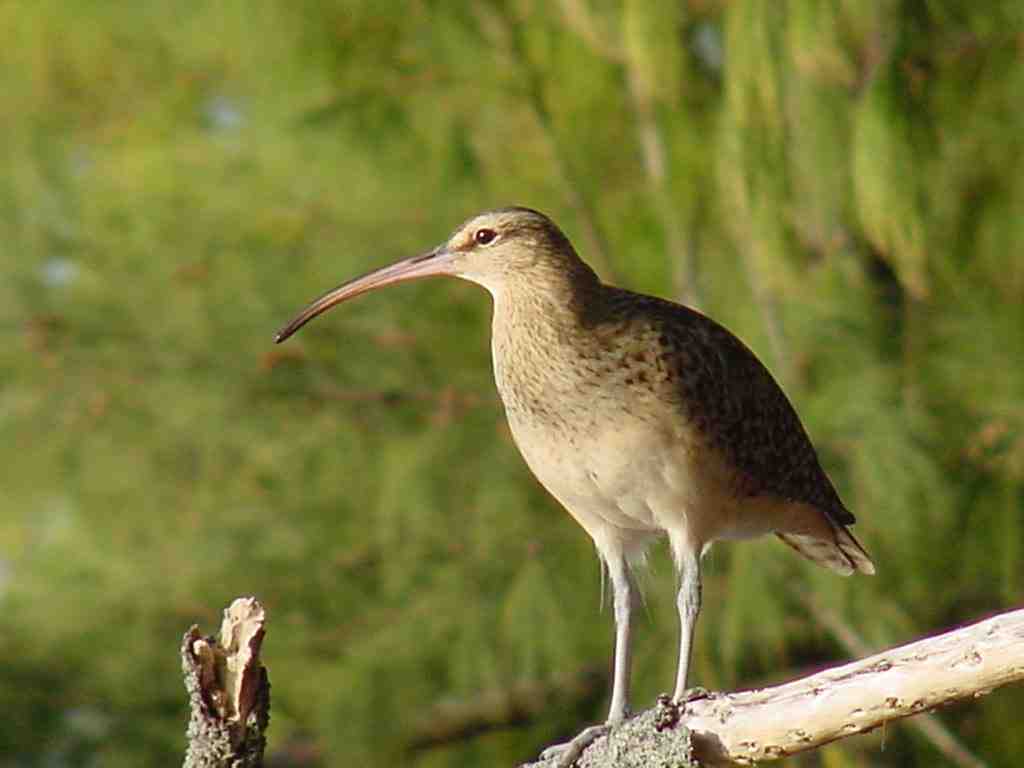
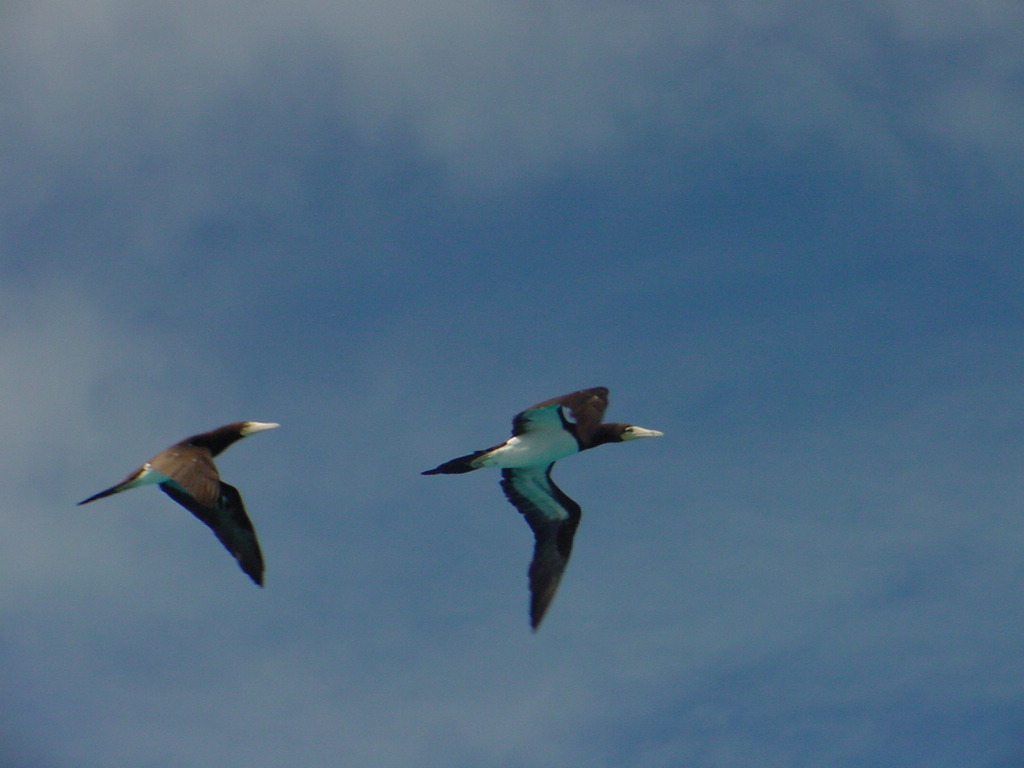
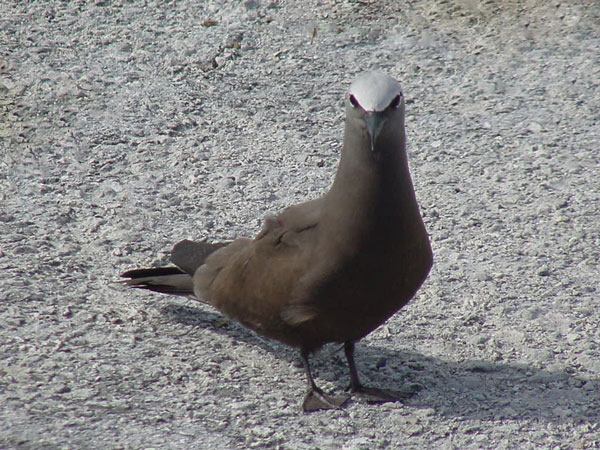
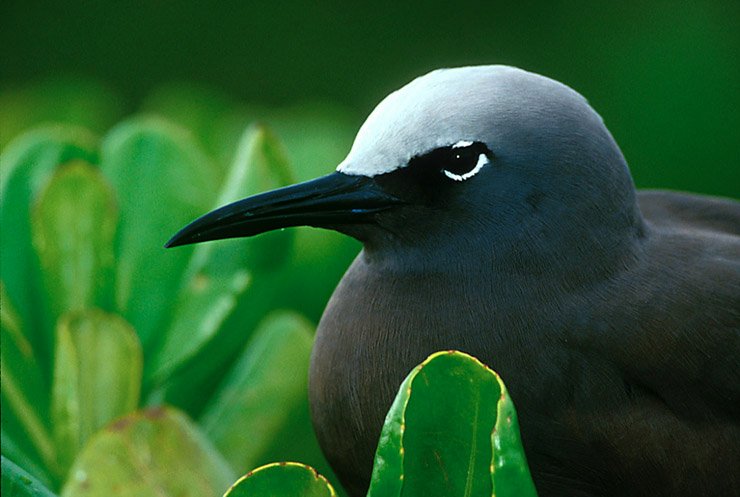
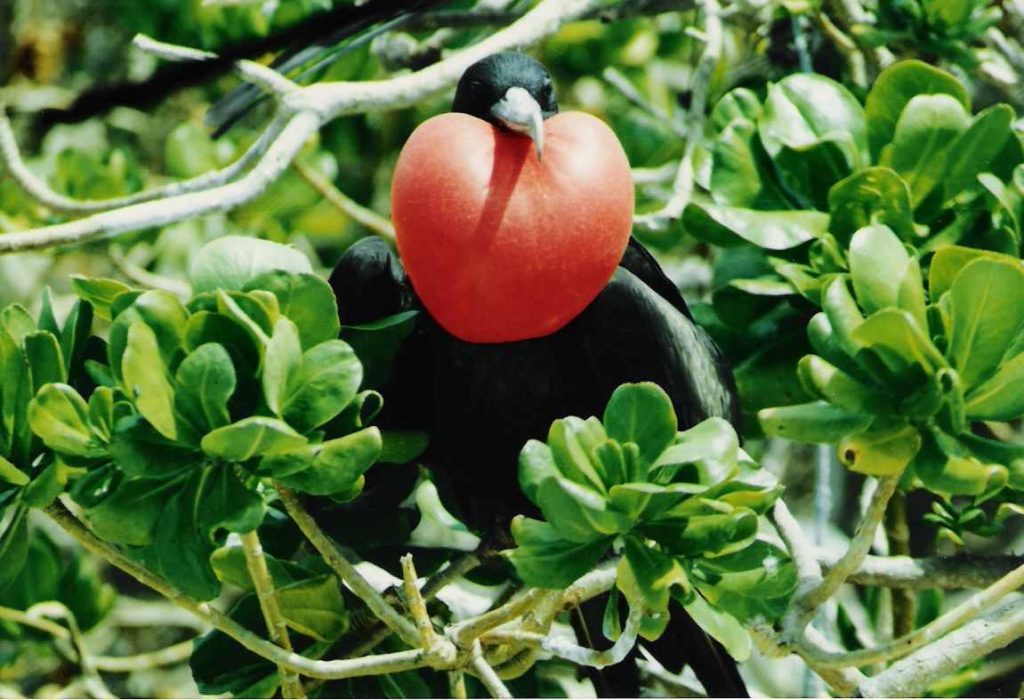
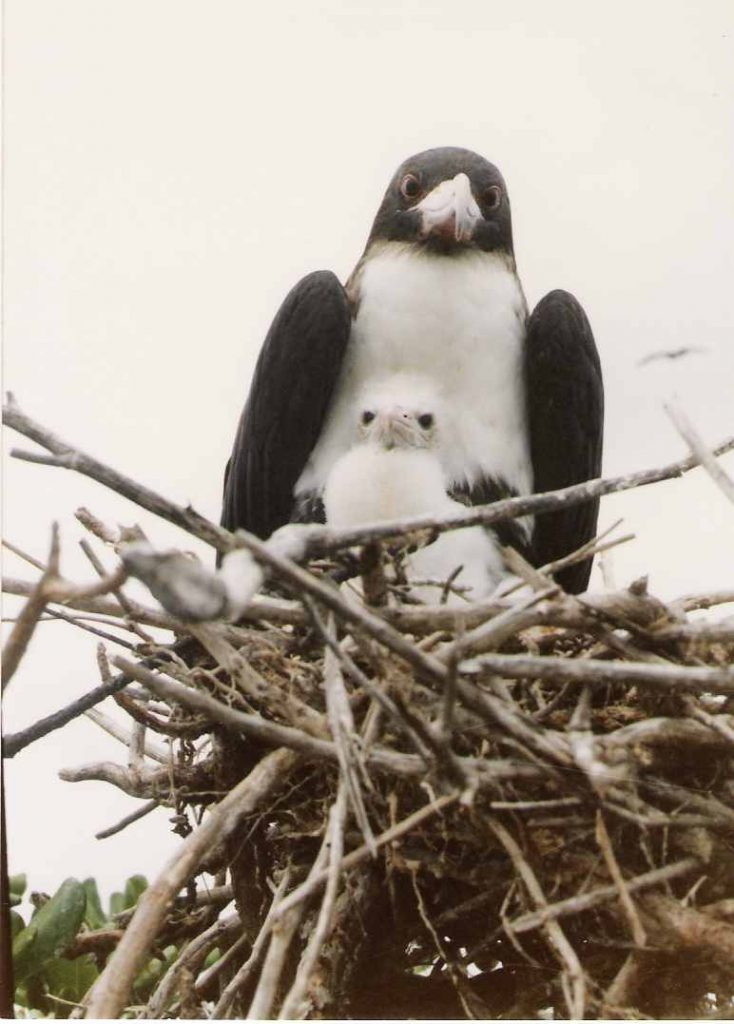
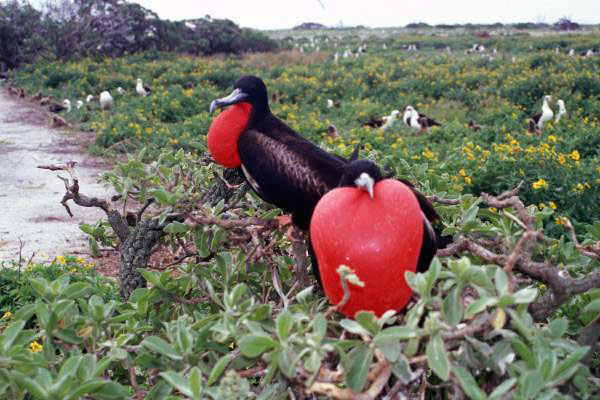

Photo Credit – Michael Brouwer
